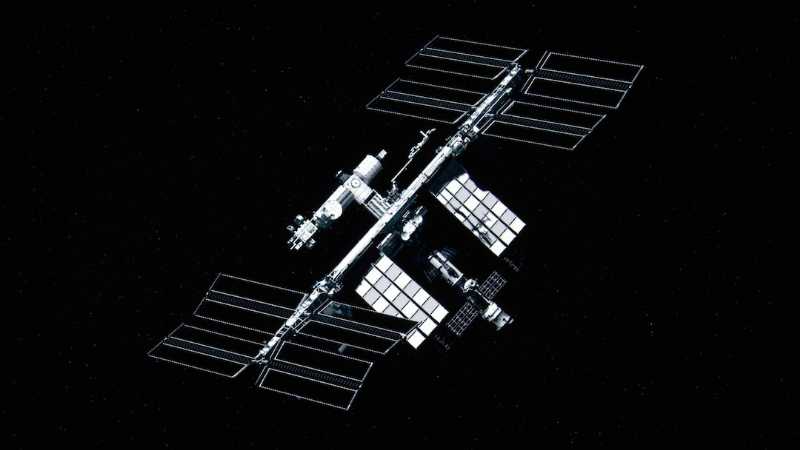Published on: 16/12/2022
Dreambound Orbital launches NFTs into space through ISS

Dreambound Orbital launched a collection of NFTs from various Web3 projects into space through the International Space Station (ISS) on Thursday as part of Solana’s Infinity Labs NFT challenge.
Infinity Labs founder, who goes by the pseudonym Infinity Eve, revealed that the 1997 Voyager Mission was the inspiration to send NFTs into space. The 1997 mission involved a “Golden File” inscribed with music from all over the world.
It led to the formation of Dreambound Orbital, a company that launches blockchain assets into space. Eve said she came up with the idea while receiving treatment for cancer.
NFTS ARE GOING TO THE MOON 🚀🌙… literally
Couple of months ago, we did an auction called "This is Solana", created by @Tejji90 @MoonEkko33 ft some top collections.
Today, the @dreamboundio x @InfinityLabsNFT crew sent it to outer space! ☄️🌌 pic.twitter.com/YAgZpfNwg7
— Magic Eden 🪄 (@MagicEden) December 15, 2022
While working on the project, Eve said in an interview that the challenge would need industrial assistance. She had contacted several figures who worked in the space industry. Eventually, she got in touch with NASA and visited the Space Center in Houston, Texas.
“It starts with something that seems stupid or crazy; that stuff evolves over time,” Eve said. “The potential use case is being able to generate validated flight certificates of assets that went to the ISS, or have interacted with space in some way.”
Dreambound Orbital eventually developed DreamboundM1. Those that joined Infinity Labs’ NFT challenge were Solana Foundation, Metaplex, Phantom, OpenSea, Randi Zuckerberg and many more.
Solana contributed its own assets to the mission, including Metaplex’s Solana NFT standard whitepaper and crypto-friendly internet browser Brave. Other NFTs participating in the mission included a World of Women Galaxy profile picture. Infinity Labs NFT holders could join the mission by sending their names.
(1/2) T-Minus 1 Hour until we launch some amazing art, digital artifacts, and stories around the Earth and to the stars!✨@dreamboundio #DreamboundM1 with a ton of other friends including @solanafndn @metaplex @magiceden @phantom @solanaspaces @monkedao @degodsnft and MORE! pic.twitter.com/EqR6OeEGxa
— Infinity Labs (@InfinityLabsNFT) December 15, 2022
One of Dreambound’s main objectives in sending NFTs to the ISS is to emulate the Voyager Mission, possibly carving the path for an orbital NFT museum and digital area financial system.
“The line that we have on Orbital is, ‘Despite everything, humanity found time to dream,'” Eve said. “Since Web3 meant a lot to me, it allowed me to reinvent myself and heal. I wanted to put [this] together for the Web3 community.”
Previous space NFT missions
Dreambound Orbital is not the first company to launch NFT assets into space.
Azuki, a collection of NFTs designed by Chiru Labs, sent one of their assets, Bobu the Bean Farmer, to the moon in May 2021. It is the first known NFT in a hardware wallet to be launched into space.
Back in August 2021, the Bishop Airlock, designed by Nanoracks, sent two NFTs via the ISS. One of which was a recording of a piano masterpiece, “Clair de Lune” (“Moonlight”), by composer Claude Debussy.
Later on September 16, 2021, Shift4 Payments CEO Jared Isaacman launched Inspiration4, a private spaceflight that contained around 50 NFTs, including Kings of Leon’s songs. The mission’s objective was to raise $200 million for St. Jude Children’s Research Hospital.
Also, earlier this year, instead of the NFTs, MoonDAO sent its NFT holders to space. On May 5, the organization, dedicated to decentralizing access to space research and exploration, gave away 9,060 “Ticket to Space” NFTs for free, allowing investors to fly to space on a Blue Origin Rocket.



